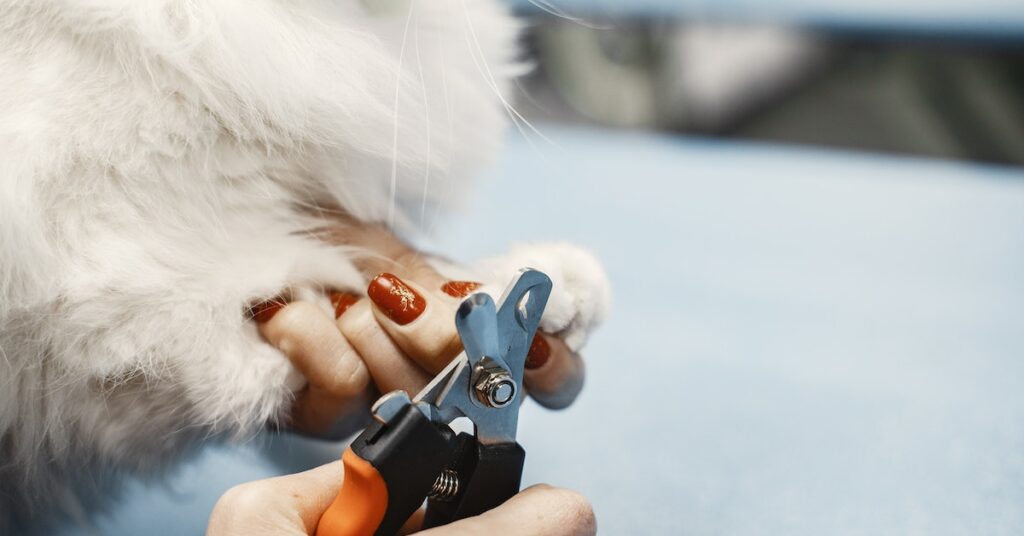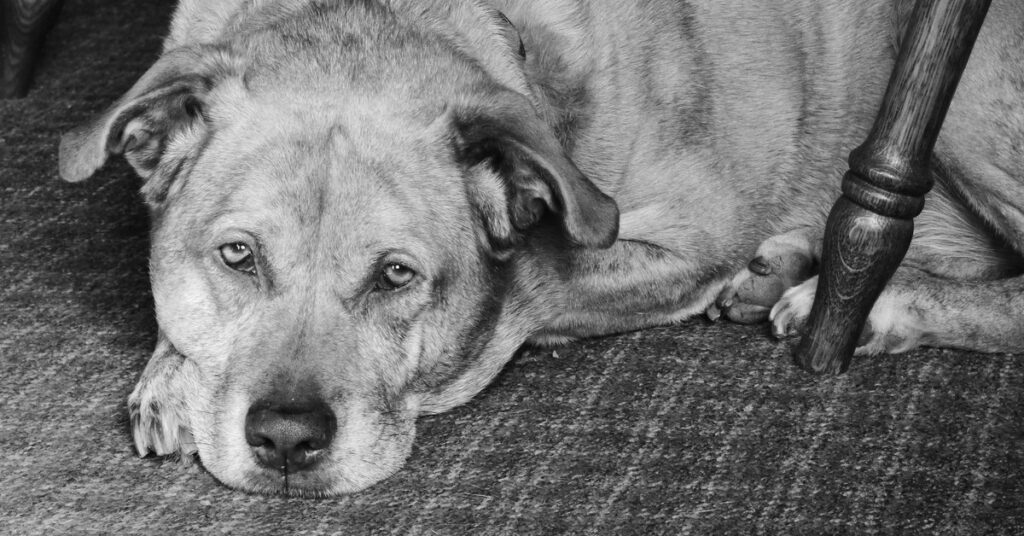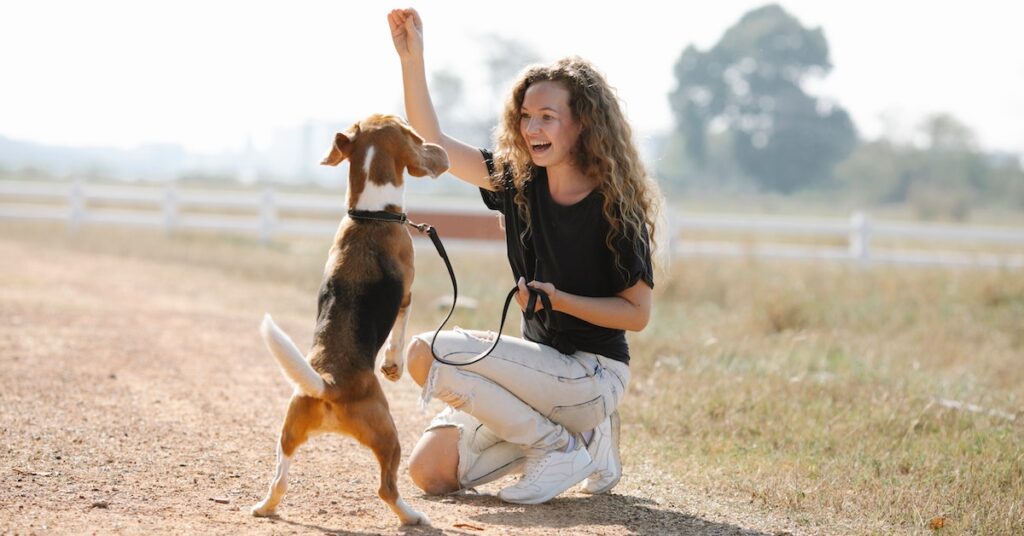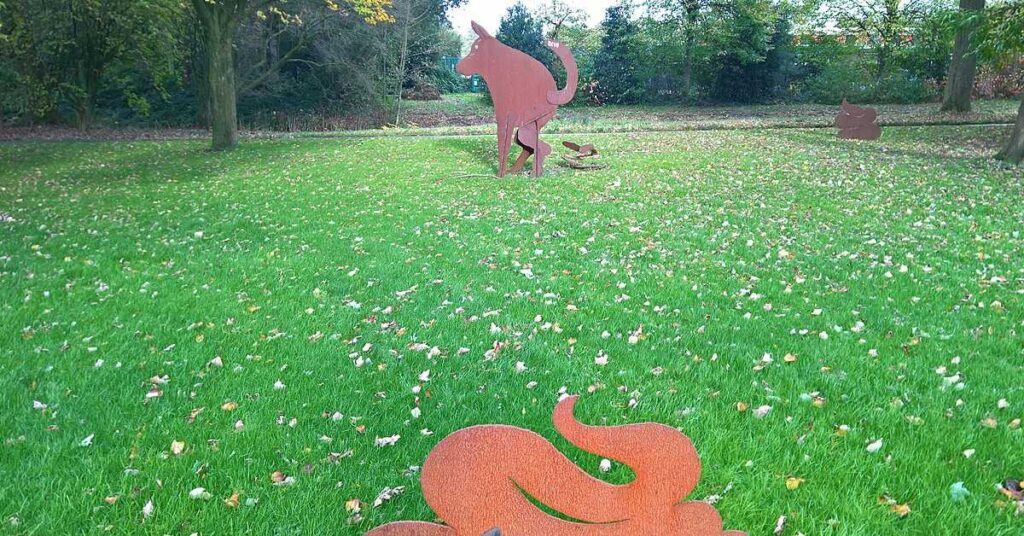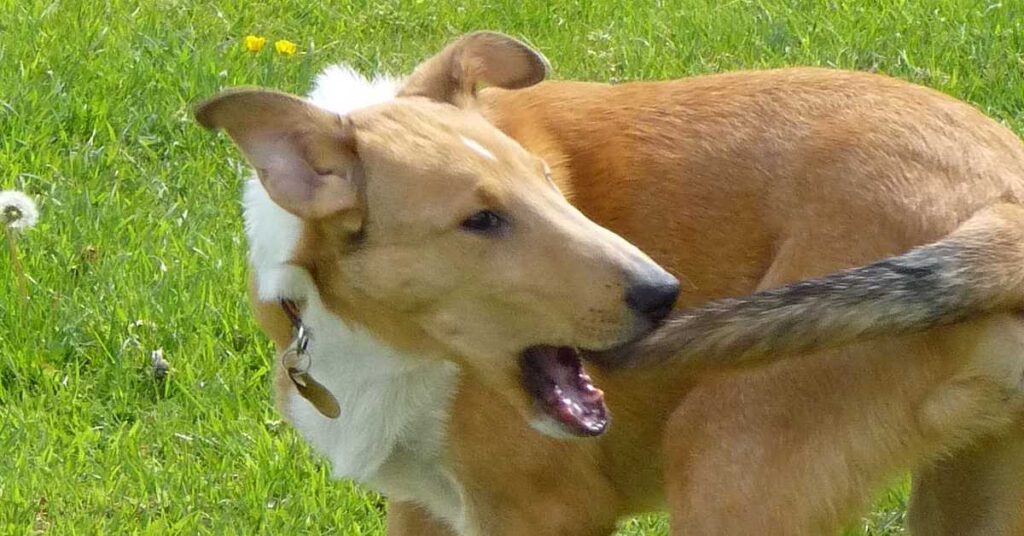When trimming your dog’s nails, it is important to be patient. Older dogs may be more resistant to the task and need a little more time to adjust to the process. However, there are some tips that will help you avoid hurting your dog and still get the job done.
Avoid scolding your dog if she exhibits fear
When you’re trimming a dog’s nails, you don’t want to punish her by scolding her. This will only cause further distress and may result in your dog biting you. Instead, try calming her down and avoid punishing her. Remember, your dog is an important member of the family and should always get the attention it deserves.
Instead, use a soothing voice and praises to encourage your dog to keep her paws still. If your dog does exhibit fear, stop immediately and use treats to supplement verbal rewards. If she does retract her paw, do not scold her, but continue the process in a slow and steady manner.
If your dog shows fear when being restrained, distract her with treats or a lick pad. Another distraction option is placing a food puzzle in her food bowl. If she’s comfortable with this method, she will be less likely to exhibit fear.
Using positive reinforcement is an excellent technique for reducing the fear of nail clipping. Simply pair the procedure with a good thing and your dog will soon learn to associate it with the same pleasant feeling. You can also use markers to help your dog learn cooperative behavior such as a tongue click. The body language of your dog should also be noted so you can correct any negative responses before they get too serious.
Another effective way to discourage your dog’s fear of nail clippers is to give your dog treats when you finish. This way, she will associate the clippers with a good experience and will not be scared of them. Once she becomes used to these rewards, you can proceed to trimming dogs nails at home.
Read more about Common Complaints About Adopting a Senior Dog
Desensitizing older dogs to nail trimming takes patience
Desensitizing older dogs to nail clipping can be done through a variety of methods. For the most part, the goal is to make the nail trimming process a positive experience for your dog. You must remember to follow your dog’s lead. If he becomes distressed or frightened, it’s best to refrain from using the clipper until your pet is completely calm.
It takes a lot of patience and time to desensitize an older dog to nail trimming. The process involves a series of steps, including restraint, touching the paw, and feeling the clipping motion. If your dog has had a bad experience in the past, the process can be especially difficult. If your dog shows signs of extreme fear or distress, it’s best to consult with a dog behavior specialist.
If your dog starts showing signs of discomfort, try backing up a step. Then, give him a tasty treat. The process should only take five minutes. If he continues to show discomfort, take him back to the previous step. You can also offer your dog a lunch meat or lamb lung, or even hot dogs.
As your dog ages, his fear of nail clipping will become increasingly stronger. He may squeeze his toes or bite the clipper. This is painful for both you and your dog and can lead to further stress. Some owners will also try to make things worse by restraining their dog or by being overly emotional.
Read more about Dog Collar Safety Tips You Have to Take Care
Identifying the quick when using a trimmer
When using a dog nail trimmer, it’s important to identify the quick. This blood vessel provides nourishment for the nail and is usually a different color than the nail. It’s found close to the foot, and can be black or pink. Be sure to avoid cutting the quick because it could cause a painful bleed.
Before trimming your dog’s nail, identify the quick and make sure you cut it gently. If you clip past the bend of the nail, you risk hitting the quick, a small pink area that contains blood vessels. If this happens, your dog may bleed. If you notice a chalky white ring around the quick, you should remove the nail from the paw and reposition it before proceeding.
If your dog has a light nail, it’s easier to spot the quick than one with dark nails. A light nail will have a pinkish center, while a dark one will have a dark center. Make sure to avoid the center of the nail, as this is the quick.
If you don’t see the quick, try holding your dog’s paw up to a light. It should be easy to see, and this may be the best way to identify it. If you can’t see it, then you should stop trimming the nail immediately. Make sure you cut within two millimeters of the quick. Otherwise, you may cause bleeding and a lot of pain to your dog.
Identifying the quick is crucial when using a dog nail clipper. Before clipping the nail, be sure to identify the quick by holding the paw or toe between two fingers. Then, hold the nail clipper at the right angle. Once you identify the quick, cut only the tip of the nail.
To avoid painfully cutting the quick, remember to keep the nail clipper sharp and use a sharp blade. This will ensure that you make clean cuts on the nail and don’t cause your dog any pain.
Read more about Dog Grooming in Winter You Have to Know
Identifying the quick when using a Dremel
Identifying the quick is crucial to cutting a dog’s nails safely and efficiently. The quick is an area of blood vessel underneath the nail that can grow back depending on the length of the nail. This area is usually dark or pinkish in color.
While trimming a dog’s nail at home, you must be careful to avoid nipping the quick. This can lead to bleeding. The best way to avoid the danger is to trim the nail slowly and examine the nail often. If the nail is dark, it is more difficult to locate the quick, so you need to be especially careful. You should stop when the nail reaches the grayish-pink oval at the top of the cut surface. Then, gently trim the nail away from the quick, leaving 2mm of the nail.
When trimming dogs nails at home with a Dremel, always remember to identify the quick. The quick is a bundle of blood vessels and nerves that lie under the nail. Cutting it can result in bleeding, especially if the nail is very old. The best way to ensure that you don’t cut the quick is to keep your dog calm while trimming his nails. It is also helpful to have some corn-starch or styptic powder ready for an emergency.
Identifying the quick is critical when trimming dogs nails at home using a DREMELM. Be careful when you’re using a Dremel as it can get very hot when you use it at high speed. Make sure you never hold the tool against the nail for long periods of time, as this can burn the nail.
To identify the quick when trimming dogs nails at home using the Dremel, first find a spot on the nail tip where the nail is “live.” A white dot in the center of the nail tip is a good indicator that you’ve reached the living portion of the nail. If you come too close to the quick, your dog will flinch.
Trimming dogs nails is a stressful process and can result in broken nails or damage to the dog’s quick. A dog’s quick can be difficult to estimate, and you’ll probably be unable to accurately estimate its depth. The quick recedes with the nail as it grows, and different dogs experience the quick’s retreat at different rates.
Read more about How to Remove Dog Hair From Car Seats
